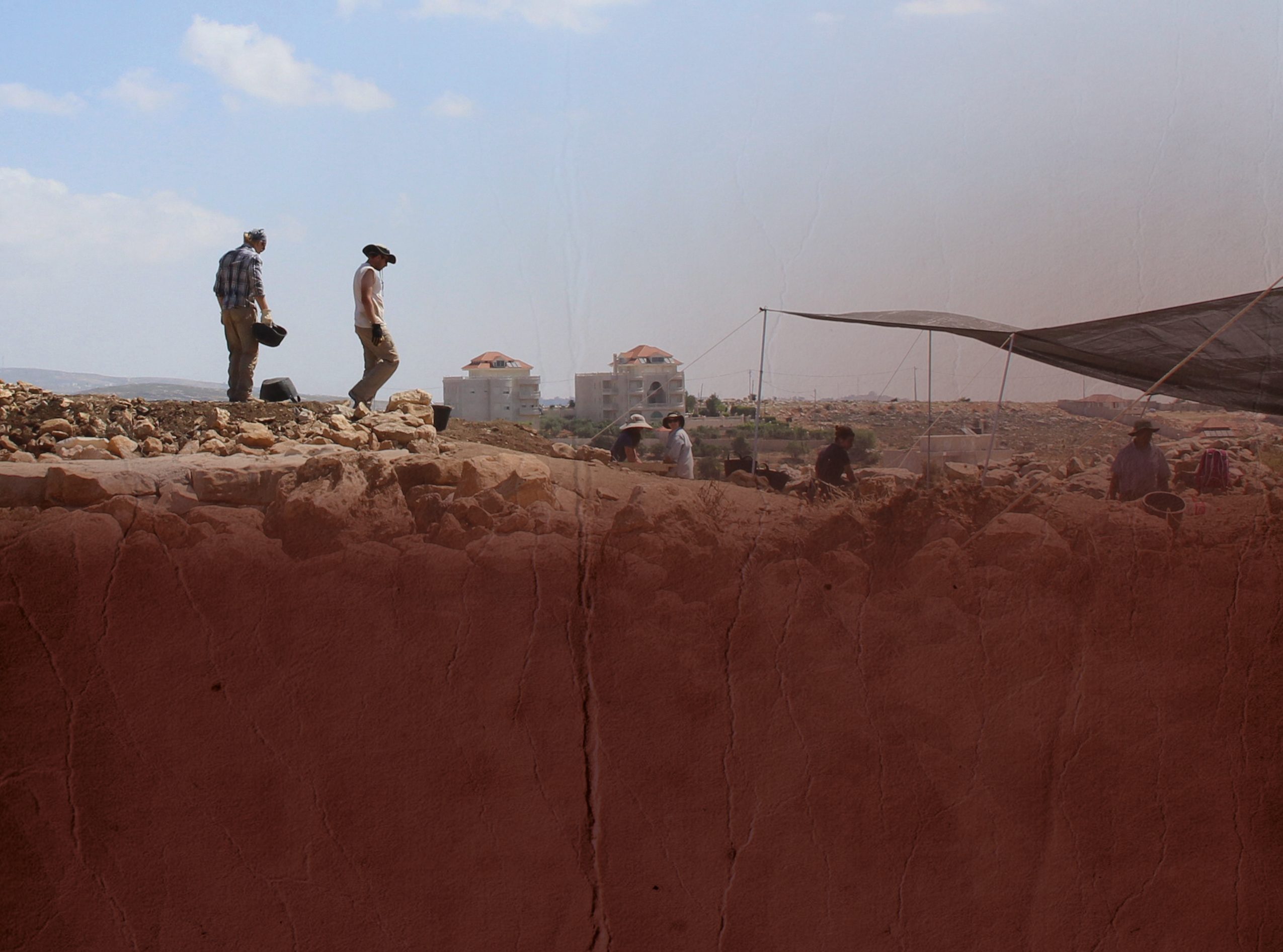
4 minute read
Joshua, Judges and Jesus: An Archaeological Journey Through the Bible
by Wanda Lassiter, Curator, Museum of the Albemarle, and Dr. Kevin Larsen, Mid-Atlantic Christian University
Museum of the Albemarle has partnered with Mid-Atlantic Christian University (MACU) to bring Joshua, Judges, and Jesus: An Archaeological Journey Through the Bible to northeastern North Carolina. This exhibit highlights artifacts found during archaeological work at the site of Khirbet el-Maqatir, the Biblical city of Ai (Joshua 7–8) and location of a military fortress that was destroyed during the Israelite conquest of Canaan, only to be rebuilt and destroyed again in the First Jewish Revolt (AD 66–73) against Rome.
Excavations at the site occurred from 1995 to 2000 and from 2009 to 2016. They were sponsored by the Associates for Biblical Research under auspices of the Civil Administration in Judea and Samaria. The archaeological site is located nine miles north of Jerusalem. According to Dr. Kevin Larsen, vice president for academic affairs and professor of New Testament at MACU—and archaeologist at the site—Khirbet el-Maqatir meets the criteria for being the city of Ai for several reasons:
• First, the site is strategically located (Joshua 7:2) and could have served as a northern border fortress for the city-state of Jerusalem in the 15th century BC.
• Second, ceramic evidence indicates that the fortress was constructed around 1500 BC and destroyed around 1445–1400 BC, consistent with the Biblical narrative.
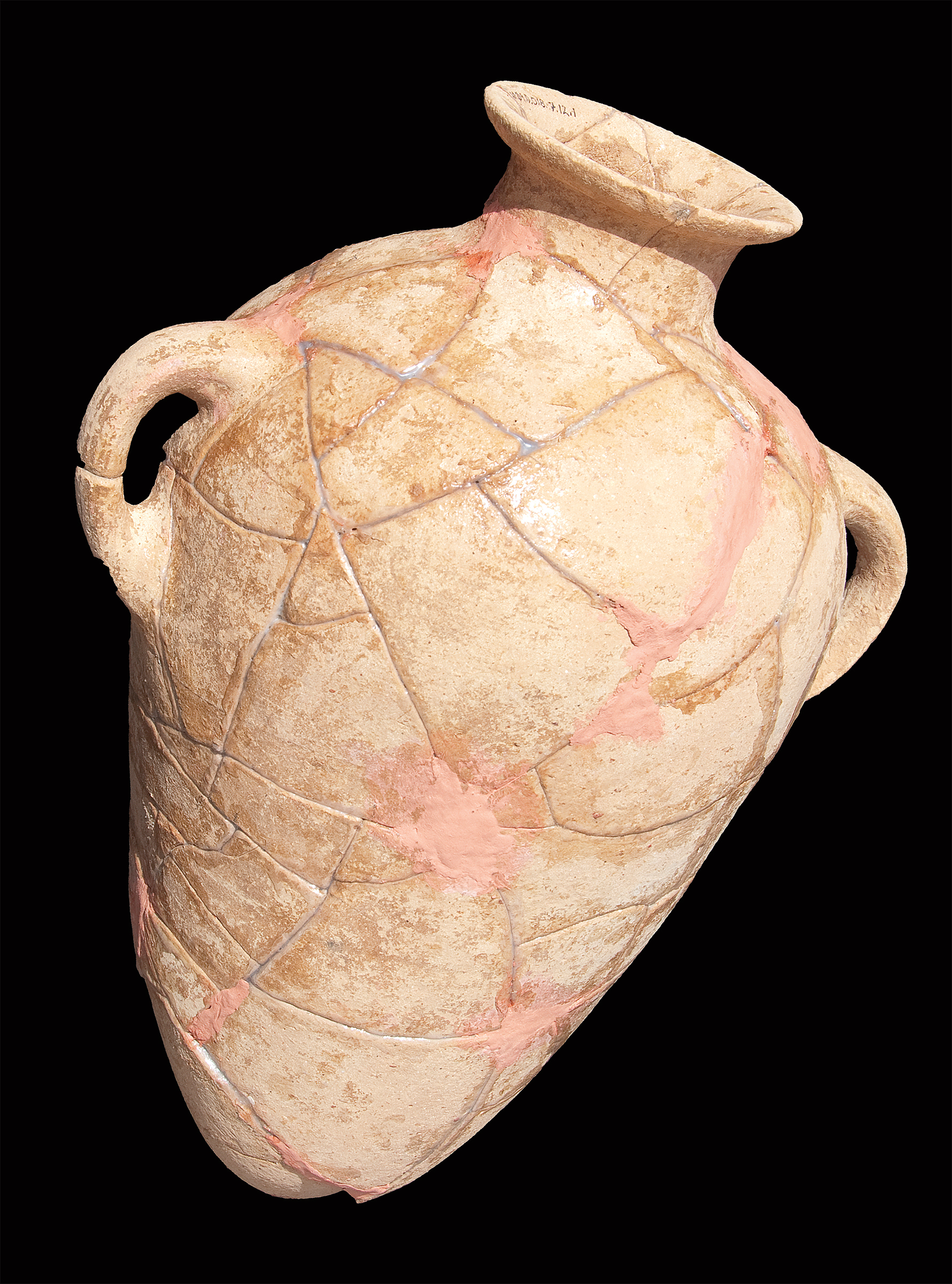
This 15th-century BC infant burial jar was found beneath the floor of a building just inside the entrance gateway. The building most likely served as the house and offices of the fort commander or the king of Ai. The presence of a newborn infant at Ai indicates the presence of women, who are mentioned in a Biblical account of the battle (Joshua 8:25).
• Third, the site is located east of Bethel and near Beth-Aven (Joshua 7:2).
• Fourth, the topography of the site and surrounding area provides an ambush site to the west of the city (Joshua 8:9, 12).
• Fifth, Biblical references indicate Ai had a gate on the north side of the city; archaeology has confirmed a gate on the north side of this site.
• Sixth, evidence exists of a massive burn across the site that dates to the time period that the city was destroyed (Joshua 8:28).
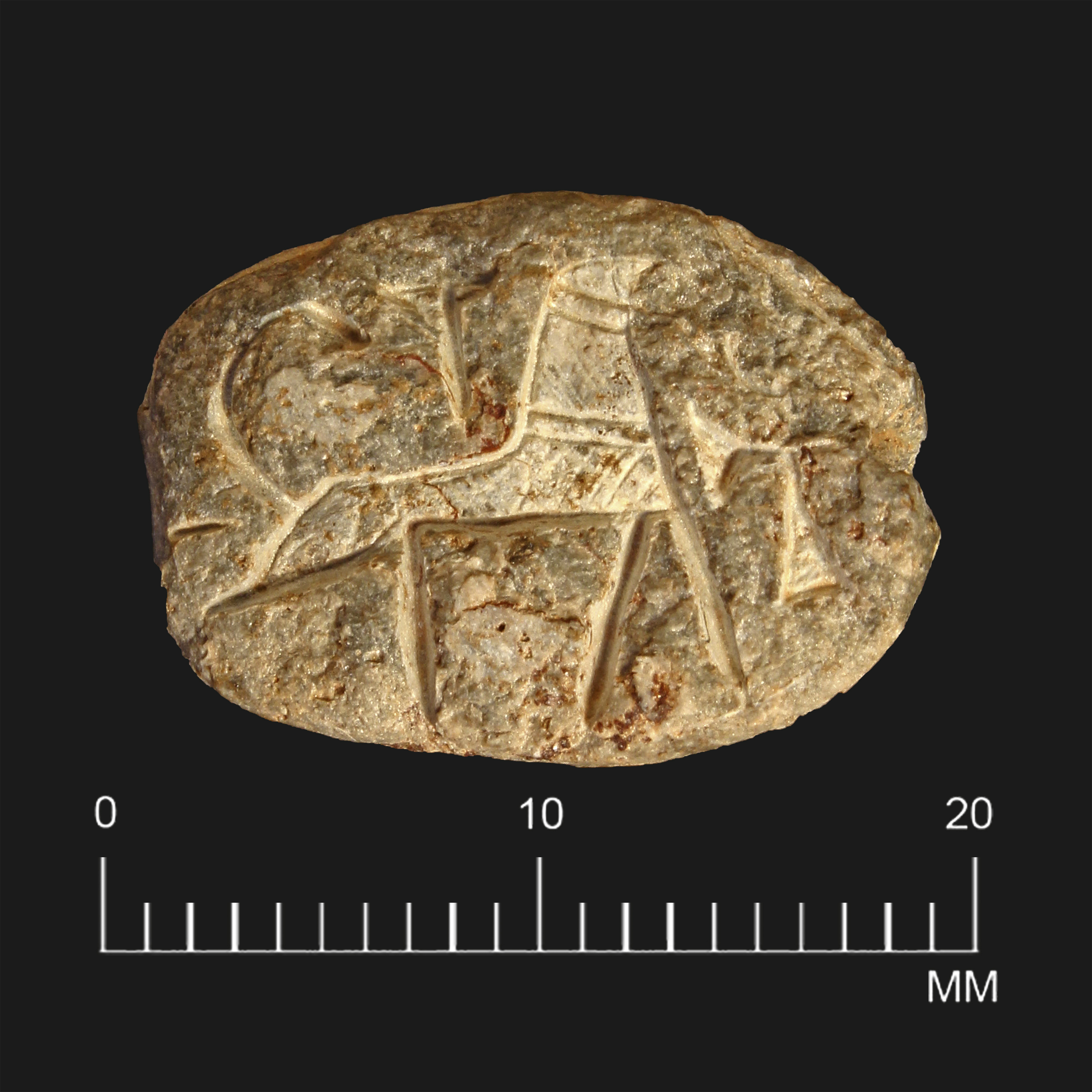
This scarab is inscribed with a falconheaded Sphinx and an ankh, a looped cross which is the Egyptian sign of life. It dates to the reign of the Egyptian pharaoh Amenhotep II, around 1455–1418 BC.
The exhibit displays more than 50 artifacts that date from the Middle Bronze Age (2200–1500 BC) to the Byzantine Period (AD 324–638) and help illuminate Biblical history. Some special highlights of the artifacts visitors will see include an infant burial jar that was used to bury a Canaanite infant prior to the arrival of Joshua; a selection of oil lamps from various time periods that were used to provide light for indoor living spaces; a collection of coins from the first century BC and the first century AD; and a collection of ceramic pottery jars from the first century AD. The objects chosen for display were selected to provide a glimpse into different aspects of the everyday lives of those who lived at the site during the days of Joshua, the time of the judges in the Hebrew Bible, and the time of Jesus.
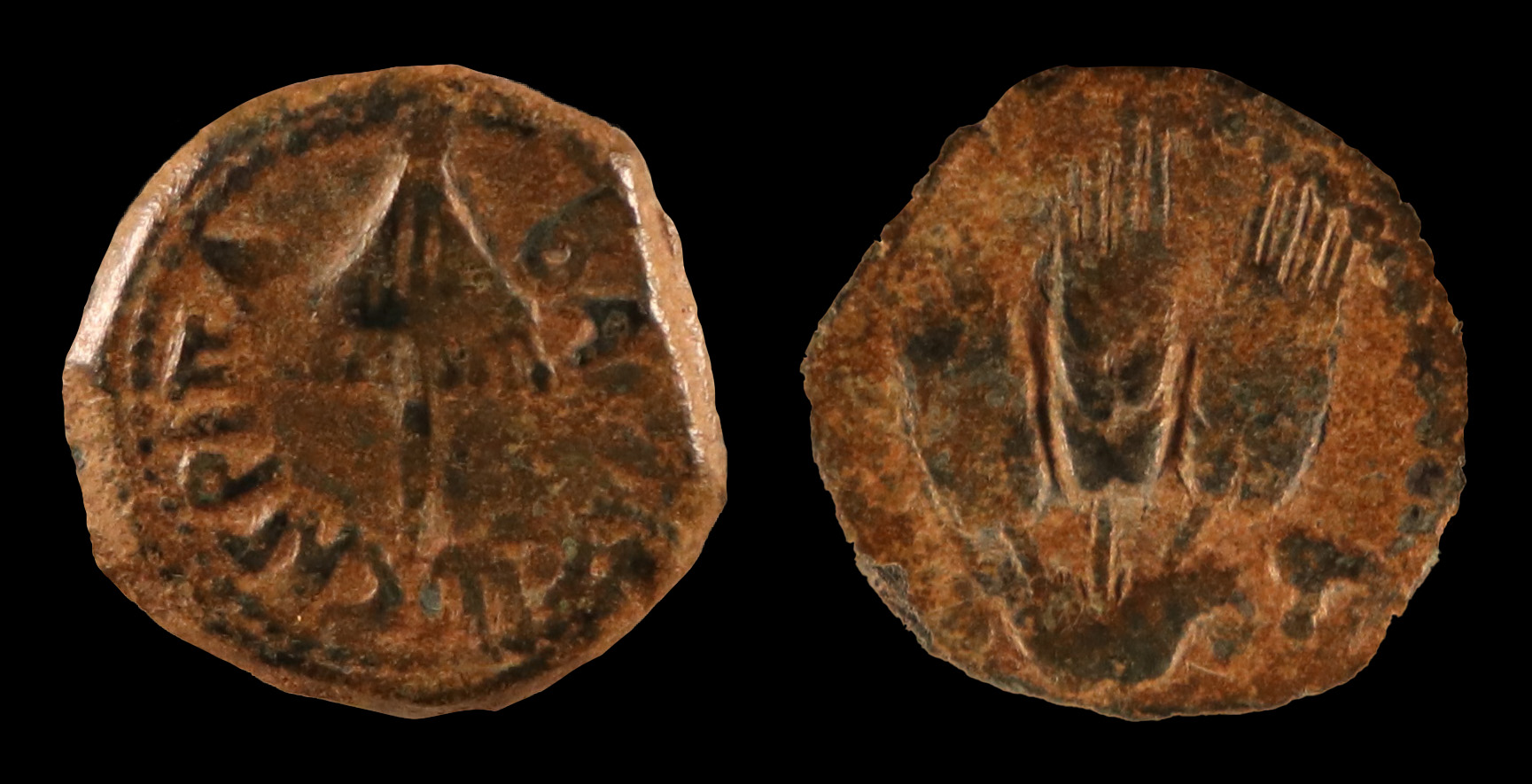
Coin, issued by Herod Agrippa (grandson of Herod the Great), King of Judea from AD 41–44. Agrippa pursued policies that supported Jewish tradition and oppressed Christians. Acts 12 records that Agrippa imprisoned the apostle Peter and executed the apostle James.
(Joshua 8:1, ESV )
Since concluding its excavation activities at Khirbet el-Maqatir in 2016, the Associates for Biblical Research have been excavating at Tel Shiloh. In Biblical history, Shiloh is most famous for being the location where the tabernacle was set up after early Israelites conquered the land (Joshua 18:1). Shiloh was also the place where the prophet Samuel grew up as a child (1 Samuel 1–3). After working three seasons at this site, some exciting finds have come to light. The organization is excited to tell that story in the coming years.
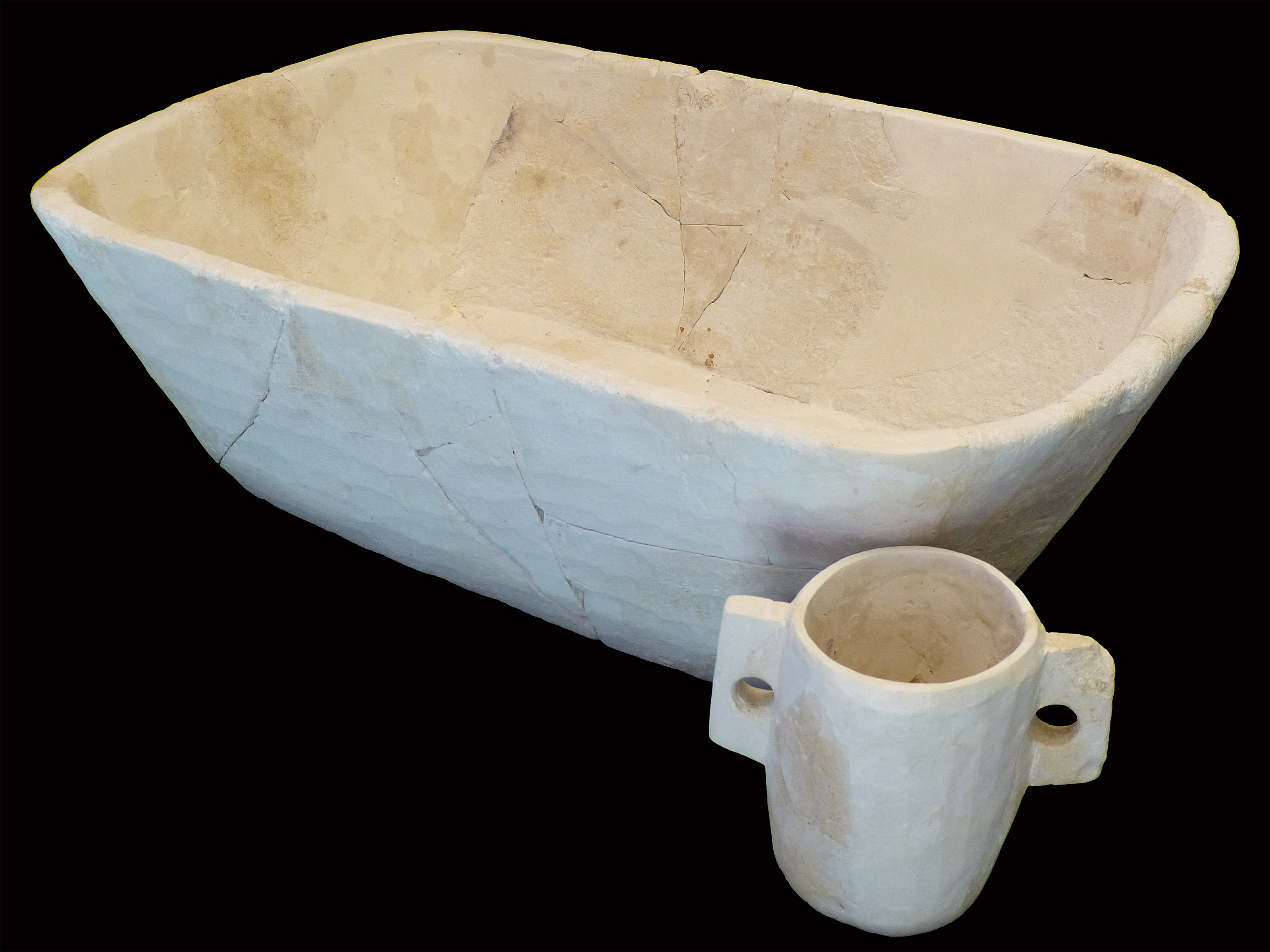
During the period leading up to the first century and the time of Christ, Jewish people became focused on ritual purity. These chalkstone vessels dating to the 1st century AD were likely used for ritual washing.
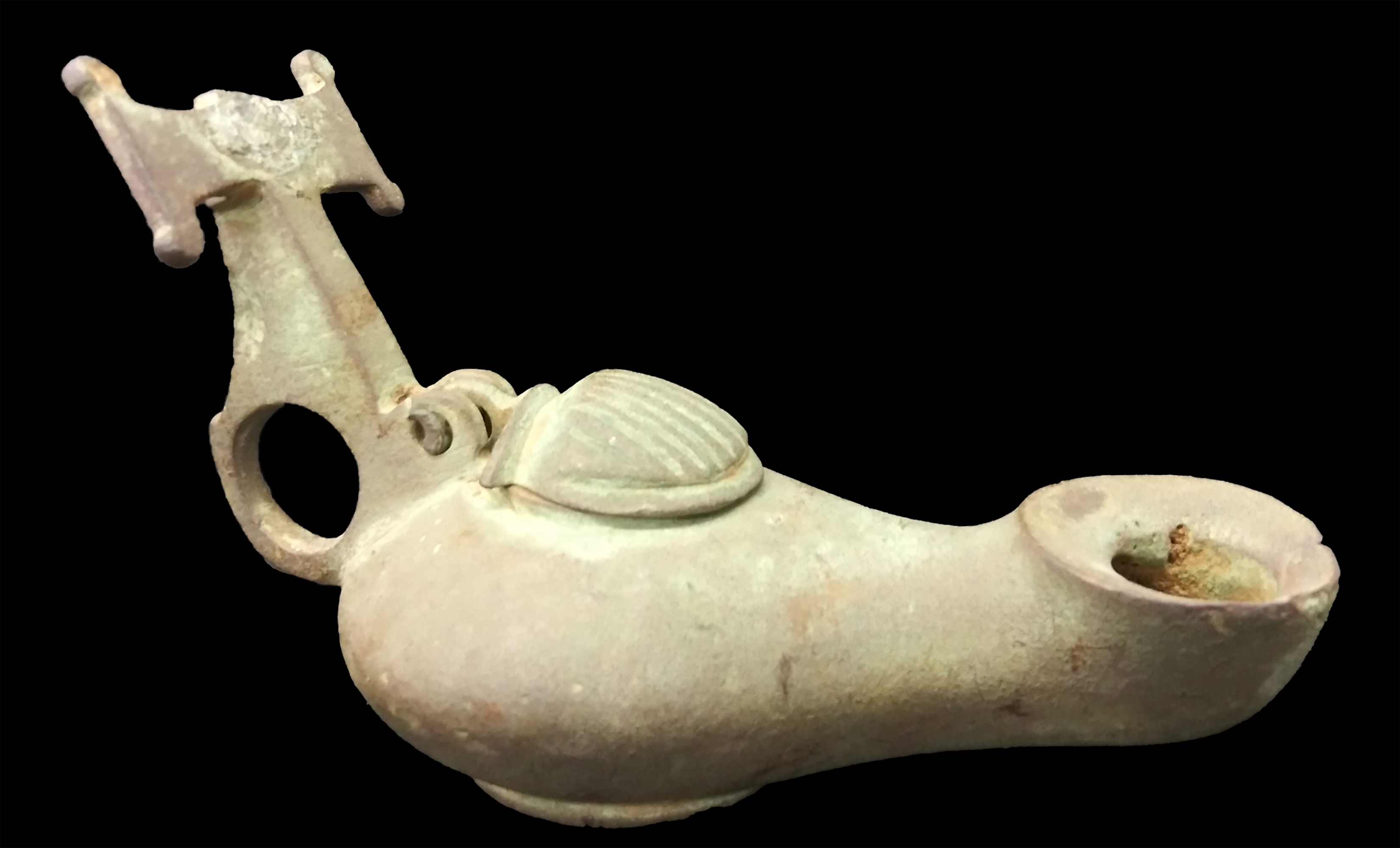
Molded lamp dating to AD 324–638, bronze with shell-shaped lid and broken cross handle.
The images are courtesy of the Israeli Antiquity Authority, the Associates for Biblical Research, and the Museum of the Albemarle.










